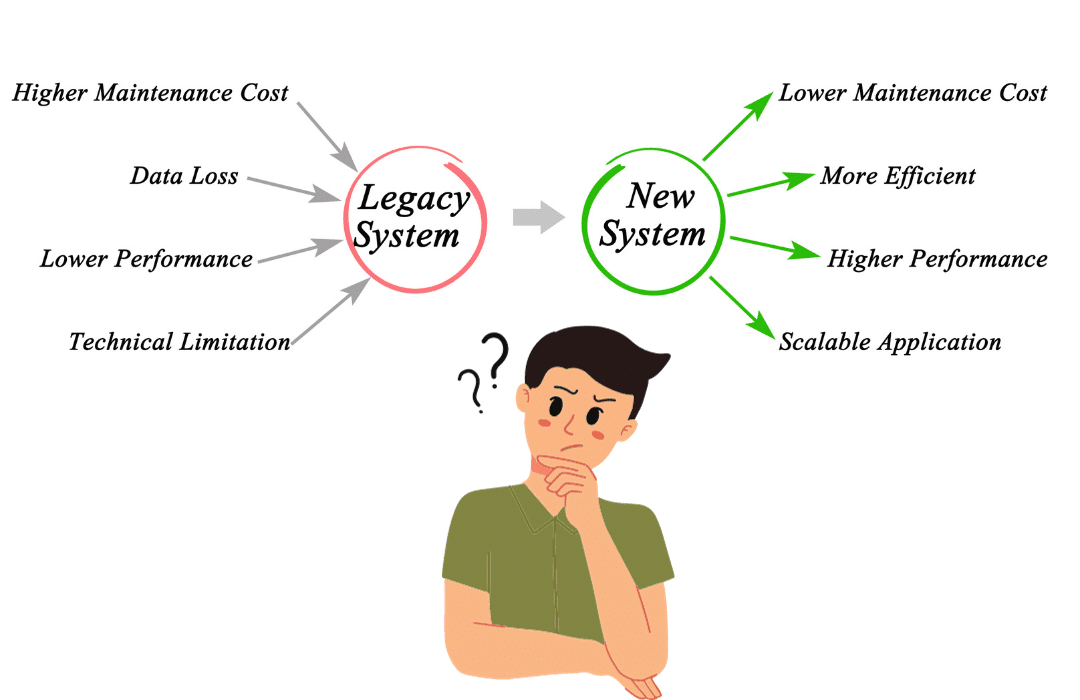In the complex world of economics and financial management, understanding the factors that influence pricing and business decisions is crucial.
One such factor is cost distortion, which can lead to inefficiencies and inaccuracies in resource allocation. For businesses and consumers alike, it’s essential to recognize the potential impact of cost distortion and identify ways to minimize its effects.
In this blog post, we’ll explore the concept of cost distortion, its causes, and the implications it has for both businesses and consumers.
What is Cost Distortion?
Cost distortion occurs when the costs of goods or services are inaccurately allocated, causing an imbalance in the distribution of resources. It can lead to a misrepresentation of the actual cost of production, resulting in incorrect pricing and decision-making.
This phenomenon is often a byproduct of traditional costing systems, which may fail to accurately allocate costs based on the resources consumed by various products or services.
To better understand cost distortion, let’s consider a simple example:
Imagine a bakery that produces two types of pastries: croissants and muffins.
The bakery’s traditional costing system allocates costs based on labor hours, which may not accurately account for the additional resources and expenses associated with making croissants compared to muffins.
Under this system, the bakery may unintentionally allocate a lower proportion of overhead costs to croissants, as the allocation is solely based on labor hours, despite their higher production costs. Consequently, the bakery may underprice croissants and overprice muffins, as the true cost of producing each pastry is not accurately reflected in their prices.
The distorted costs may lead to several issues for the bakery, such as:
- Reduced Profitability: Underpricing croissants means the bakery may not generate enough revenue to cover the actual production costs, negatively affecting their profitability.
- Misallocation of Resources: The bakery might allocate more resources to producing muffins, assuming they are more profitable due to their higher price, even though croissants have a higher profit potential if priced accurately.
- Competitive Disadvantages: Overpriced muffins may struggle to compete with similar products from other bakeries that have a more accurate costing system, leading to lost market share.
- Customer Perception: Customers may perceive the bakery’s pricing as unfair or inconsistent, which could damage its reputation and customer loyalty.
To address the cost distortion, the bakery could implement an activity-based costing system that considers not only labor hours but also the additional resources required for producing croissants, such as the more complex production process and expensive ingredients.
By allocating costs more accurately, the bakery can price its products based on their true production costs, leading to better decision-making, increased profitability, and a fairer pricing structure for customers.
Causes of Cost Distortion
Several factors contribute to cost distortion, such as overhead allocation, product complexity, product mix, and volume-based costing. Traditional costing systems often allocate overhead costs based on a single cost driver like labor or machine hours, which may not accurately reflect the resources consumed by different products or services, resulting in cost distortion. Additionally, products and services with varying levels of complexity have different resource requirements, and if a costing system fails to account for these differences, cost distortion can occur.
A diverse product mix also complicates cost allocation, as a company offering a wide range of products with varying resource requirements might struggle to allocate costs using a traditional costing system. Furthermore, allocating costs based on volume alone can lead to distortions, particularly when some products require more resources to produce than others.
Cost distortion has significant implications for both businesses and consumers. Inaccurate pricing can result from distorted costs, as businesses might be unaware of the true cost of production, leading to either overpricing or underpricing and affecting profitability and competitiveness. Distorted costs can also lead businesses to make suboptimal decisions regarding resource allocation, product mix, and investments, which can impact overall performance. Moreover, cost distortion can result in inefficient resource allocation, leading to waste and reduced profitability.
Consumers may also be negatively affected by inaccurate pricing, as they could end up paying more or less for a product than they should. This distortion can alter market dynamics and influence consumer behavior.
What are the Implications Cost Distortion Has for Businesses and Consumers?
Cost distortion has significant implications for both businesses and consumers, affecting various aspects of the market, pricing, and decision-making processes.
- Inaccurate Pricing: When costs are distorted, businesses may be unaware of the true cost of production, leading to incorrect pricing. This can result in overpricing or underpricing, affecting profitability, competitiveness, and potentially consumer perception of the product or brand.
- Misinformed Decision-Making: Businesses can make suboptimal decisions regarding resource allocation, product mix, and investments due to distorted costs. This may impact overall performance, growth potential, and long-term success.
- Inefficient Resource Utilization: Cost distortion can lead to the inefficient allocation of resources, which may result in waste, lower profitability, and a reduced ability to invest in innovations or improvements.
- Distorted Market Dynamics: Inaccurate pricing driven by cost distortion can influence market dynamics by creating an uneven competitive landscape, where some products are underpriced or overpriced compared to their true value.
- Negative Impact on Consumers: Inaccurate pricing can affect consumers, as they may end up paying more or less for a product than they should. Overpriced products can lead to reduced consumer satisfaction, while underpriced products may create unrealistic consumer expectations for similar products in the market.
- Altered Consumer Behavior: Cost distortion can influence consumer behavior, as consumers may base their purchasing decisions on distorted prices rather than the true value of products or services. This can lead to inefficient allocation of consumer resources and potentially reduced satisfaction.
By understanding and addressing cost distortion, businesses can work towards more accurate costing systems, leading to better pricing and decision-making processes.
This ultimately benefits both businesses and consumers, as it promotes a more efficient market and a fairer pricing structure.
Which Costing System is Most Likely to Produce the Least Cost Distortion?
Activity-based costing (ABC) is the costing system most likely to produce the least cost distortion.
ABC is an approach that assigns costs to products or services based on the resources they consume during the production process.
By focusing on the specific activities that drive costs, ABC provides a more accurate reflection of resource consumption for each product or service, which in turn helps to minimize cost distortion. This results in more accurate pricing and better-informed decision-making for businesses.
Let’s consider a simple example to illustrate how an activity-based costing (ABC) system can help minimize cost distortion.
Imagine a toy factory that produces two types of toys: wooden cars and plush teddy bears. The production process for wooden cars requires wood, paint, and labor for cutting, assembling, and painting. On the other hand, plush teddy bears require fabric, stuffing, and labor for cutting, sewing, and assembling. While the labor hours required for both toys are similar, the materials and production processes differ significantly.
Using a traditional costing system based on labor hours, the factory might allocate costs equally between wooden cars and plush teddy bears. However, this approach would not accurately reflect the different resources and production processes involved in creating each toy.
To address this issue, the factory could implement an activity-based costing (ABC) system, which assigns costs to products based on the resources they consume during the production process. The ABC system identifies the specific activities that drive costs, such as cutting wood, painting, sewing, and assembling, and allocates costs accordingly. In this case, the cost allocation for wooden cars might include:
- Cutting wood
- Assembling wooden parts
- Painting the wooden cars
For plush teddy bears, the cost allocation might include:
- Cutting fabric
- Sewing fabric pieces
- Assembling the teddy bears with stuffing
By focusing on the specific activities and resources required for each toy, the ABC system provides a more accurate reflection of the production costs. This, in turn, helps to minimize cost distortion and results in more accurate pricing and better-informed decision-making for the toy factory.
By using an ABC system, the toy factory can allocate costs more accurately, leading to better pricing strategies, optimized resource allocation, and improved overall profitability.
Conclusion
Cost distortion is a phenomenon that can lead to significant inefficiencies and inaccuracies in resource allocation, pricing, and decision-making.
By understanding its causes and potential impacts, businesses can implement more accurate costing systems, such as activity-based costing, to minimize the effects of cost distortion.
As a result, businesses can make better-informed decisions, optimize resource allocation, and ultimately improve their bottom line, while also ensuring a more accurate and fair pricing structure for consumers.








